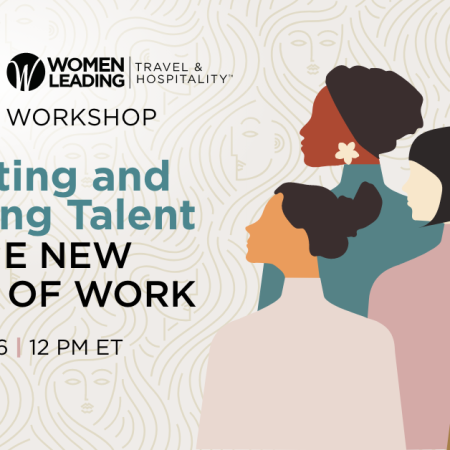Despite the best intentions, many organizations still fail at attracting, promoting and retaining diverse talent.
Sherida McMullan, head of inclusion and diversity, Lyft, offered insight on how organizations can make the right investments in the right people, especially during these uncertain times. McMullan was part of a recent panel in The Equality Lounge at NRF Retail Converge.
McMullan’s background is in engineering, but she shifted to human resources in retail and then into her current role at Lyft.
“The reason my background is relevant and I mention it is because I’m someone that was in the technical space from an engineering perspective, and I moved into HR because of a lack of support, sponsorship and opportunities for progression,” noted McMullan. “I figured I could hack it from the other side.”
Getting individuals through their technical interviews is one of the initiatives McMullan works on. She said companies have similar strategies for interviewing, but in addition to having diverse slates of candidates and diverse slates of interviewers, organizations need to think about how they can ensure the candidates are prepared for their technical interview. Lyft has an “early talent program” where engineers conduct a camp that allows individuals to go through a simulation of what they would experience, including mock interviews.
“We have a multistage process before they actually even go for an internship,” said McMullan. “If you look at the data, a lot of individuals weren’t getting past that next level of the interview process. If you can’t even get them past the technical interview, you can’t get them in the door.”
Maximizing employee resource groups (ERGs), beyond simply offering them, is another action that companies can take.
“They [ERGs] did and do play a really critical role for our team members to be able to engage and have a place to connect within inclusion circles where you don’t have to be a subject matter expert,” McMullan said. “But looking at the evolution of them, we’re using our ERGs even in the interview stage. If you have individuals that are veterans, differently abled, Black or Latinx, for example, they want to see themselves.”
She said even if the executive involved in the interview process isn’t in a similar role the candidate is applying for, they still bring cross-collaboration and leadership skills to the table. Therefore, bringing them in to be part of the interview process is important.
If the candidate is hired, he or she comes in already having a connection point to an ERG. Each ERG at Lyft has an executive partner who is paired with an ally, so that one person is not always speaking on behalf of an ERG. The groups are great for engaging and connecting, McMullan said, but they also play a role in the entire employee lifecycle and retaining talent.
Another benefit of having executives involved in groups they associate with is that it helps disseminate information to places it might not otherwise get. ERG allies can give a voice to team members and offer support, visibility and opportunities. McMullan noted that the ERGs are not just gender and racial based. Mental health, veteran and parents’ groups are all important in connecting individuals across the company.
Regarding the year ahead, McMullan said companies must continue what they’ve started.
“Not only have we seen a shift in the things we focus on within our organization to make them inclusive, we’ve learned a lot,” said McMullan. “We know that some of our individuals that are introverted have loved this environment, so how do we make sure we maintain that?”
McMullan said work has been done to address employee retention issues, so how can leaders laser-focus on that retention and progression?
“To those who have stepped up to be sponsors and lead, let’s not get amnesia when things start to get back to the way they were,” McMullan advised. “I implore and urge those that have started the work to continue and make sure we’re holding each other accountable. We’re all vying for the same talent, but we all need to work collaboratively to ensure we’re meeting the needs of our team members that are out there.”




